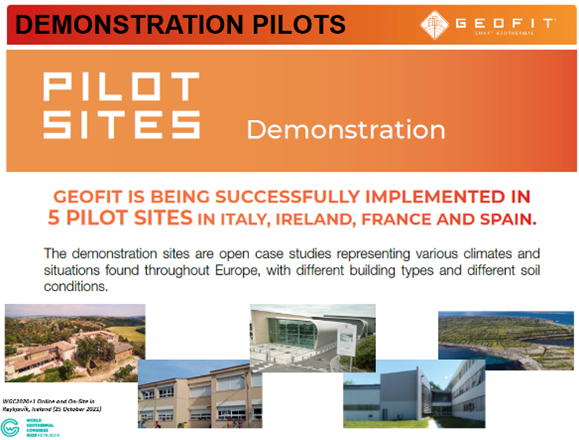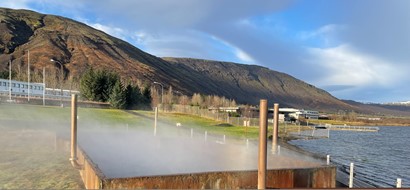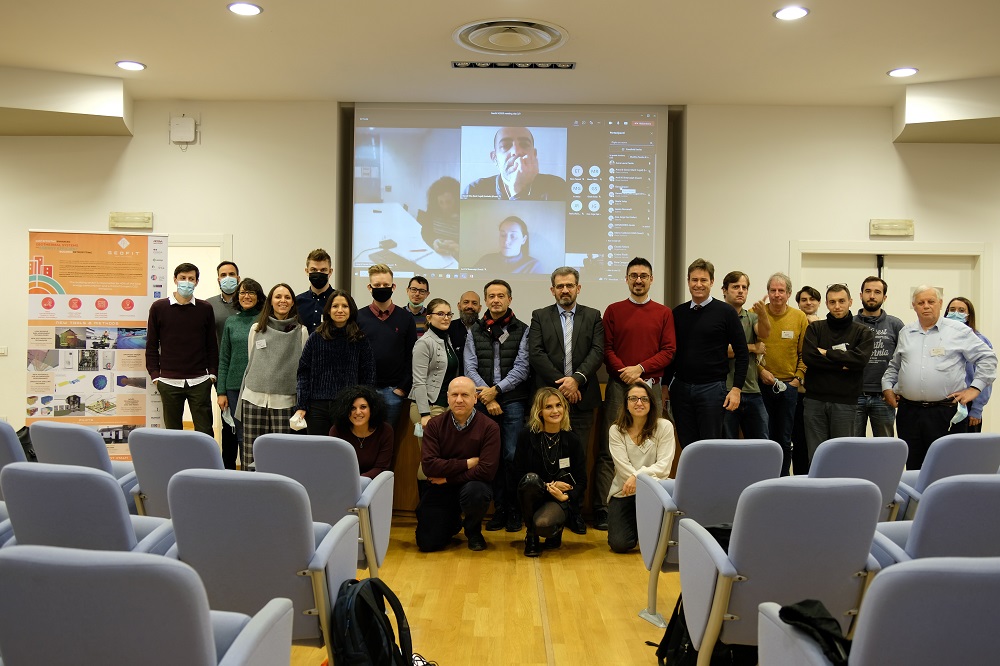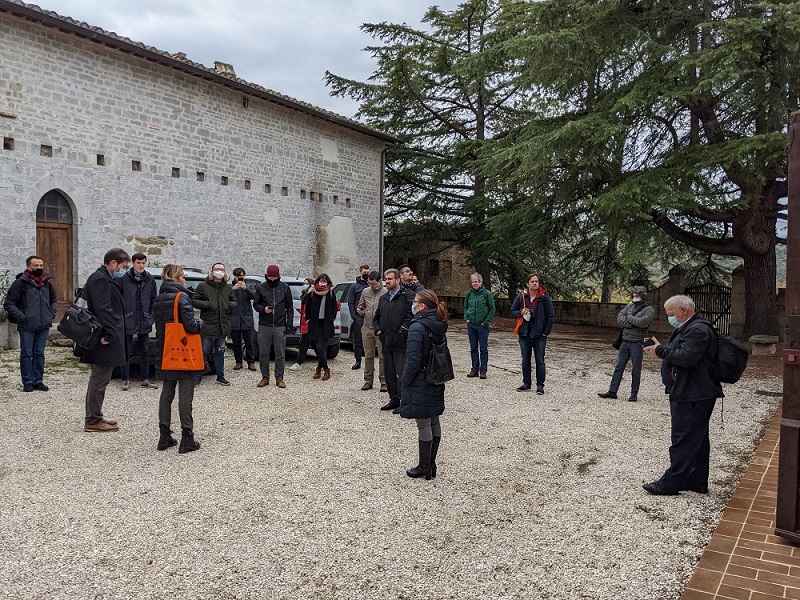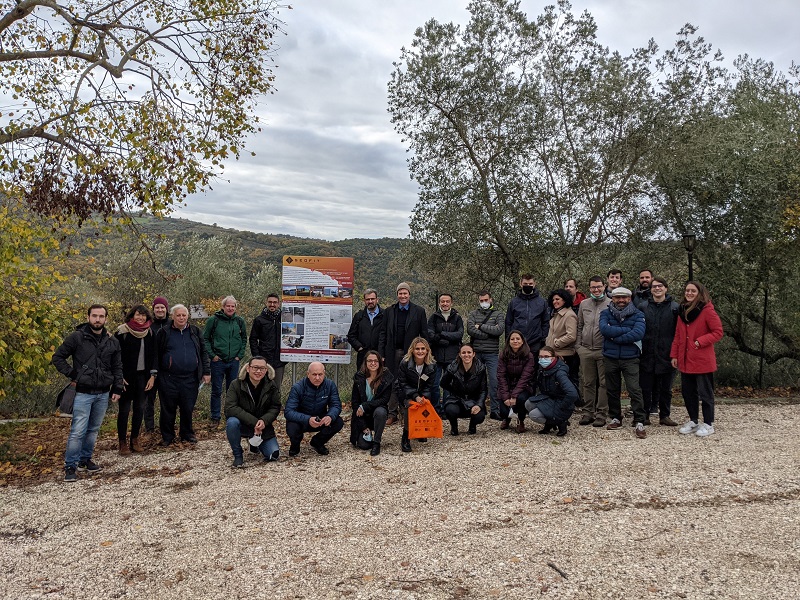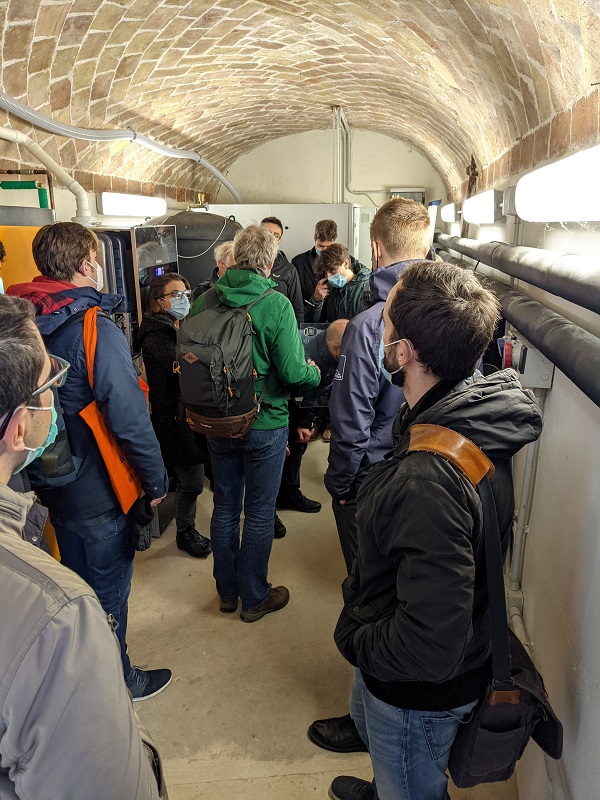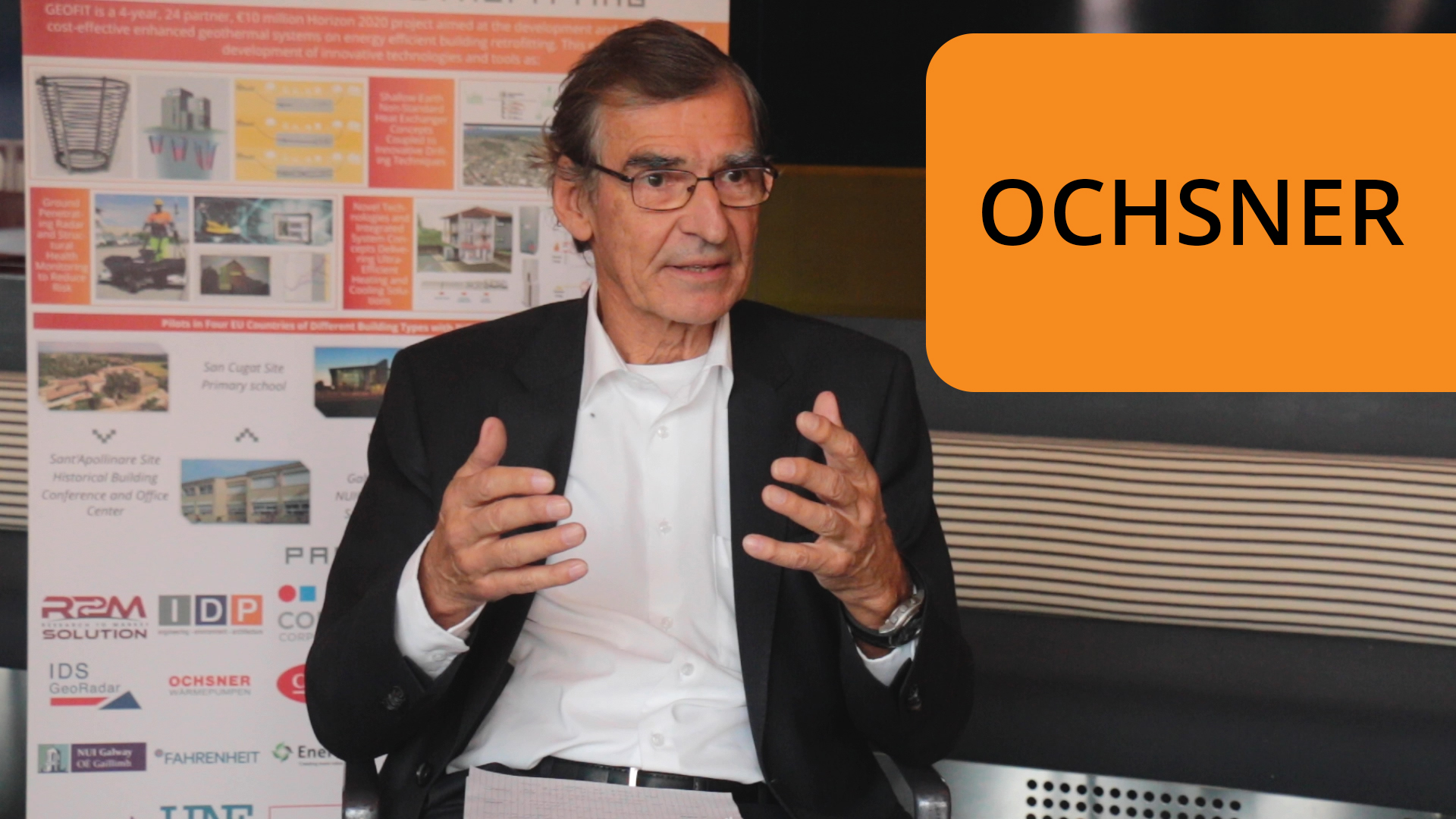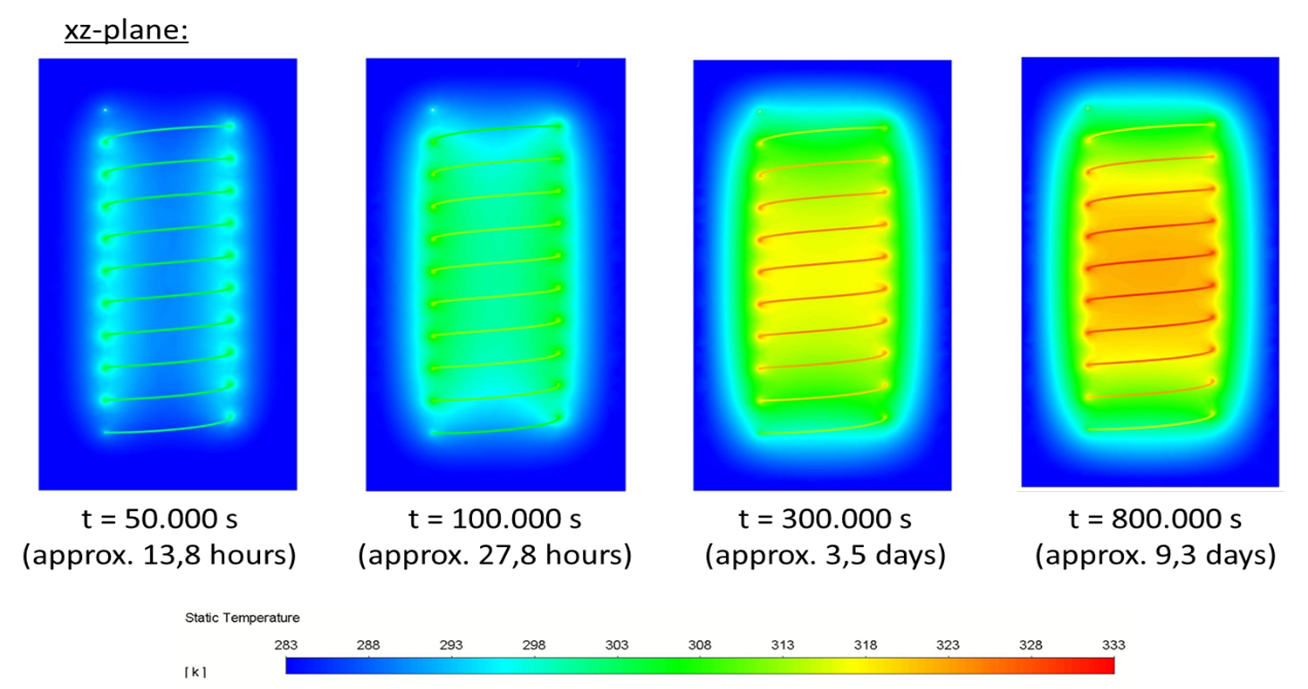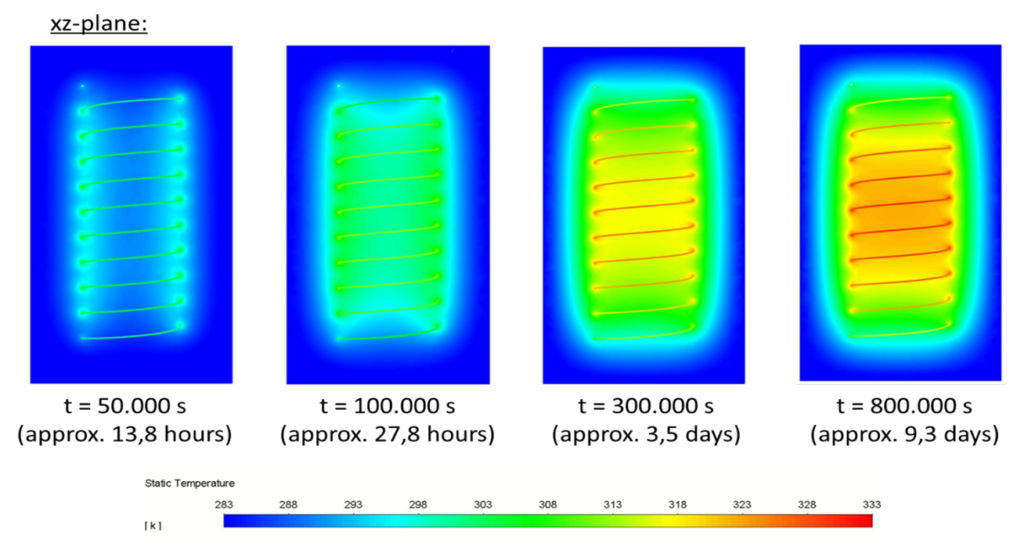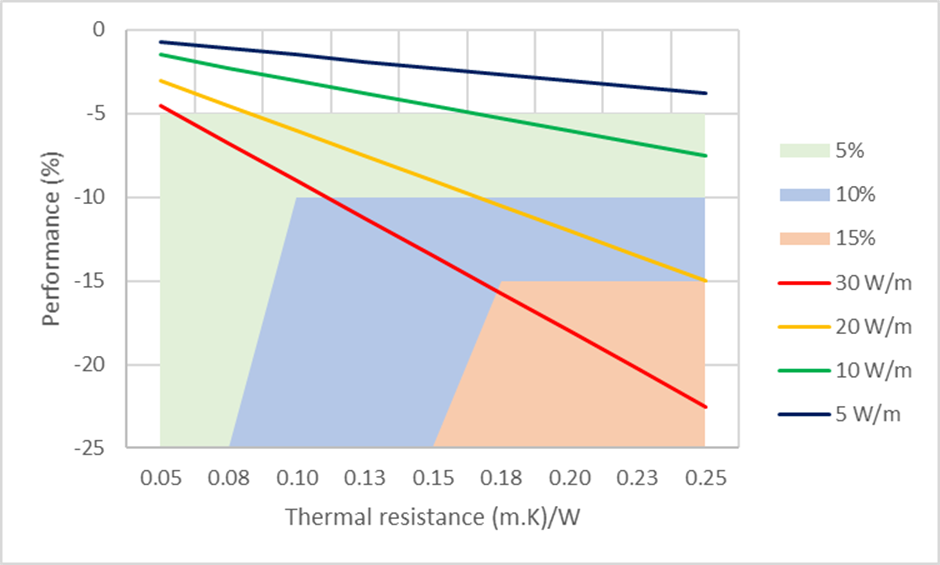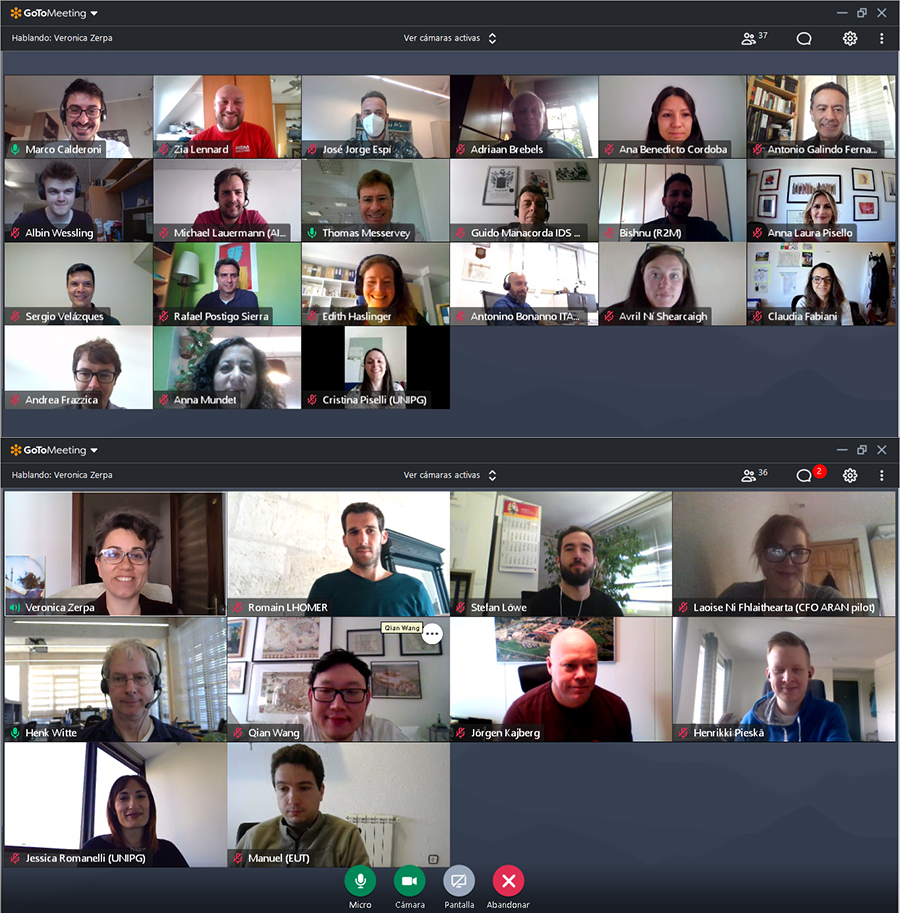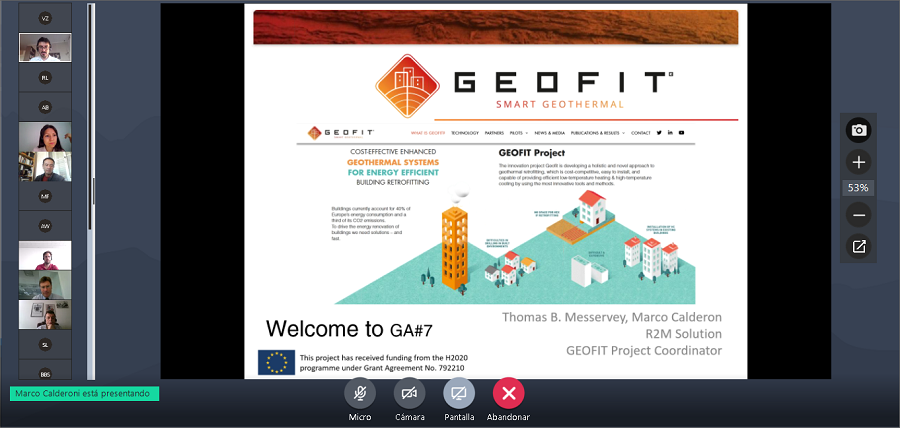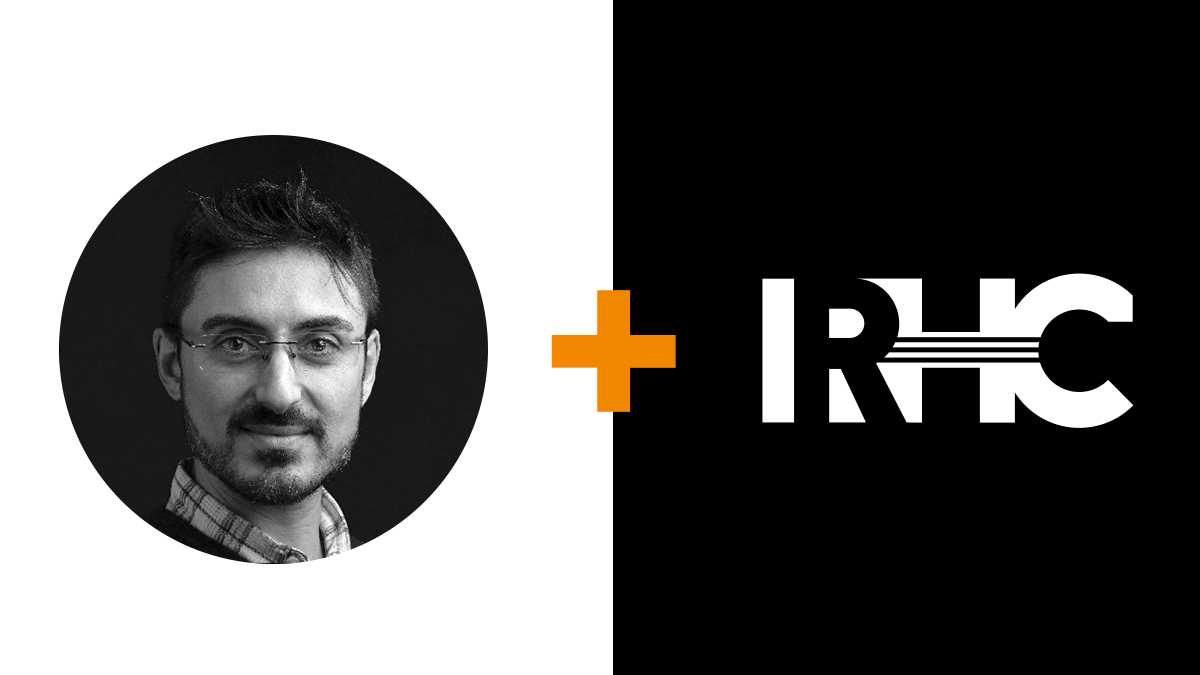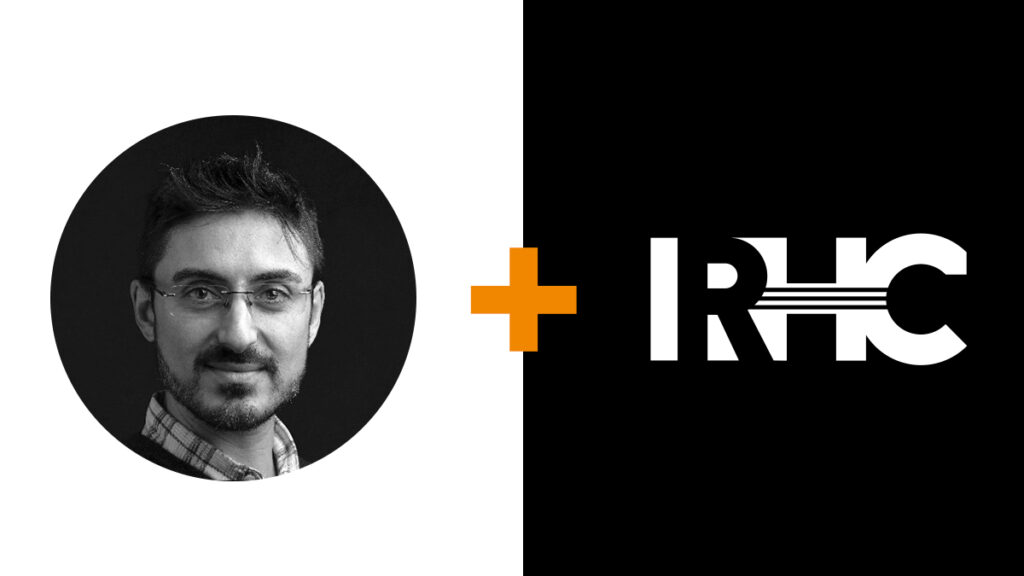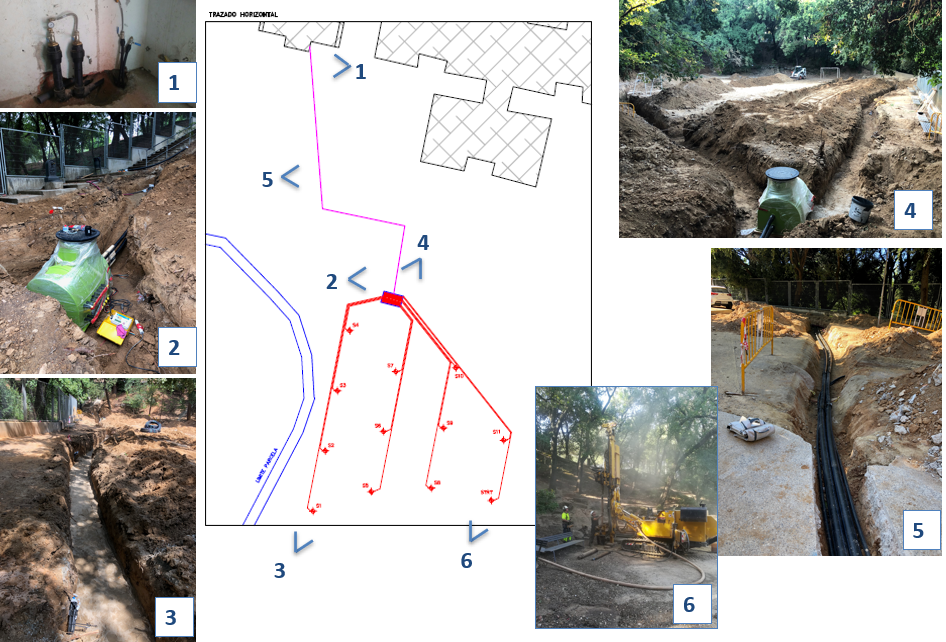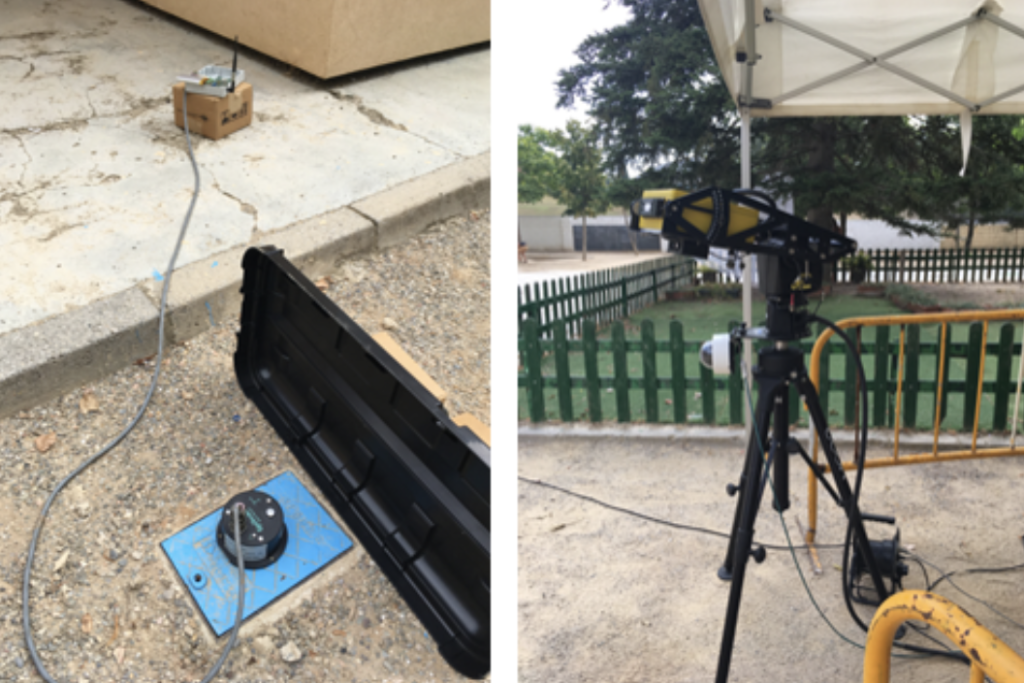Last 17th to 21st October 2022, GEOFIT partners presented several conference papers during the European Geothermal Congress held in Berlin, Germany. This event, the largest geothermal congress in Europe, brought together the entire European geothermal sector and attracted many from outside the continent providing a varied public with a range of different events. This congress was the perfect scenario to show main GEOFIT project results after the four and a half years developing cost-effective enhanced geothermal systems for energy efficient building retrofitting.
Six conference papers were presented focusing on the milestones and outcomes of the project related with different topics: three of them focused on shallow geothermal, two of them on case studies including life cycle assessment and one of them on drilling.
Giuseppe Edoardo Dino, from CNR, presented Techno-Economic Analysis of a Swimming Pool Heating System Retrofitting Through a Dual Source Heat Pump.
Abstract: The European energy policies are aiming to the electrification of the heating sector as it is considered one of the solutions indicated for the decarbonization of the energy system. Heat pumps represent the most promising and widely adopted solution. However, there are some inherent technological problems to heat pumps, such as evaporator frosting for air-source heat pumps and ground thermal drift for ground source heat pumps. From this perspective a dual-source (air-geothermal) heat pumps represents a promising solution to overcome those challenges. GEOFIT H2020 project aims at developing a wide range of smart solutions for the retrofitting of thermal systems based on shallow and deep geothermal source. In this paper, the retrofitting of a gas boiler based system for the heating of a swimming pool in Galway (Ireland) with a dual-source heat pump with active regeneration of the soil is presented. Firstly, a swimming pool model developed in TRNSYS environment was validated through experimental campaign data retrieved by the Galway demo site. The baseline system composed by a gas boiler was simulated, then a reference retrofit solution composed by a dual source heat pump and an analogous system with a reduced design size were proposed and simulated for a long-term period (20 years). The analysis showed that a relevant primary energy saving is achievable and that the ground thermal drift is mitigated through the active ground heat regeneration. The techno-economic analysis revealed that the proposed system could have a replicability in retrofit solutions, especially in those with a seasonal inbalance where only heating loads are required during the whole year. Considering the current and foreseen increase of the fossil fuel costs, the economic competitiveness will be more favourable.

Stephan Kling, from AIT, presented GeoFit: Experimental investigations and numerical validation of shallow spiral collectors as a basis for development of a design tool for geothermal retrofitting of existing buildings.
Abstract: The H2020 GEOFIT (grant no. 792210) project will implement and demonstrate easy-to-install and economical geothermal systems in combination with heat pumps for energy-efficient building retrofits at five pilot sites across Europe – a historic building (ITA), a school (ESP), an indoor swimming pool (IRL), an office building (FRA) and a single-family house (IRL) (GEOFIT,2018). Heat pump tests and experimental laboratory tests with shallow geothermal heat collector types are carried out in climate chambers at the AIT. Material data of different soil types are determined in the thermophysics laboratory. Furthermore, CFD simulations of the conducted experiments are calculated with ANSYS Fluent. All this provides data and know-how for the development of a design tool for ground collector configurations such as helices and slinky loops, which are particularly relevant for building retrofits in GEOFIT. Experimental work focused on near-surface spiral geothermal heat exchanger configurations that can be installed at a maximum depth of five metres. Real-scale experiments were carried out for vertically oriented spiral collectors (helix) in real soil. One objective was to develop a measurement concept in the laboratory environment to create the framework for a reliable database. This database is used as a basis for the further development or new development of engineering design tools. Distributed resistance temperature sensors and a fibre-optic temperature measurement system (DTS) were used. The moisture content of the soil was recorded using soil moisture sensors. A heat flow was conditioned by means of a helix shaped electric heating cable in a 1m³ cuboid soil container. The measurements were carried out in a climate chamber at a defined constant temperature of 10 °C. The evaluation of the transient response behaviour is spatially resolved. This results in coordinate-related temperature points, which describe temperature gradients in all axes of the container over time. Three different types of soil were investigated. The temperature behaviour of humus soil, sand and a mixture of these was investigated experimentally in smaller experiments and the material data such as heat capacity, thermal conductivity and density were determined thermophysically in the laboratory. Based on this data, a CFD model was developed which can be used to modify the geometry parameters of the helix.
Ewa Alicja Zukowska, from EURECAT, presented Environmental approach of an enhanced geothermal system for energy efficient building retrofitting in a decentralized context.
Abstract: The life cycle assessment (LCA) is a methodology for assessing environmental impacts associated with the stages of the life cycle (LC) of a product, process, or service. This paper compares the results of the entire LCA (cradle-to-grave analysis) of a hybrid heating geothermal system that includes a novel hybrid heat pump 8kW and set of heating components integrated with the novel ground source heat pump (GSHP) concept which was installed in a building located in the Aran Islands (Ireland) within the framework of the H2020 GEOFIT project against the heating system, that existed before the retrofitting. The building selected for the demonstration had in its original version a 21kW diesel boiler (Firebird model S/90) used for heating and an emission system based on 9 radiators with individual on / off control located in different rooms, as well as a coal stove in the living room. To determine the heat energy of the building before and after the retrofitting, simulations of the heat energy were carried out with the IDA Indoor Climate and Energy 4.8 simulation software, and the SimaPro v.9.1 program was used to calculate the greenhouse gas (GHG) emissions. The results show that a new heating system (after GEOFIT) is better alternative than conventional one (before GEOFIT), mainly in terms of generating more heat with less heating energy consumption during the operation stage.
The new system can reduce annual operational emissions by more than 53% in comparison to the reference one.
Juan Ramon, from IDP, presented GeoFit project creating the opportunity of Geographical – BIM (GEOBIM) platform to manage geothermal systems.
Abstract: Within the GEOFIT project (Smart Geothermal Systems1), BIM environment has been defined as GeoBIM platform. This term refers to those specific geothermal applications which are included in a tailormade BIM platform to manage the geothermal systems, building, site and assets information from models, sensors installed and simulations. In GEOFIT project, the demo-sites location is enriched up to the holistic view of the retrofitted buildings with all the geothermal facilities designed, simulated, installed, commissioned, and monitored, from inception onward, during the lifecycle of a facility and includes all stakeholders who need facility information – from the designers to the occupants with the building in operation. This holistic view includes the execution control and the permanent geographical reference because the simulation, monitoring and design processes happen in a specific geographical context. The definition and implementation of a GEOBIM platform is paramount for the project and it is one of the main outcomes of GEOFIT project. While BIM implementation is ubiquitous in the architectural issues of the project, relying mostly on CAD designs, geographical information has a limited role particularly in construction projects, it is often restricted to some specific tasks or seen as a potential redundancy to BIM. Considering the geographical dependent tasks in GEOFIT, GIS can bring a valuable complementary contribution to the BIM process by providing spatial input and geospatial visualization, adding information on the retrofitting demo-site’s surrounding environment and underground thermal information that is essential for design decisions and the approval processes regarding building integrity and geothermal energy availability. In this paper, an interdisciplinary cooperation, data exchange, and data transfer occurs among the different professionals and disciplines involved for the successful retrofitting project planning and energy efficiency demonstration throughout the GEOBIM platform. This is implemented to assemble this set of powerful assessment, inspection and ground research, testing, and real time monitoring tools.
Albin Wessling, from Luleå University of Technology, presented Discrete Element Modelling of Rock Drilling.
Abstract: Percussive rotary drilling is recognized as the most efficient method for hard rock drilling. Despite clear advantages over conventional rotary methods, there are still some uncertainties associated with percussive drilling. For geothermal applications, drilling accounts for a large portion of the total cost. Specifically, the wear of drill bits when drilling in hard rock is a predominant cost factor and drilling parameters are often based on the experience of the field operator. Within the framework of the H2020 project GEOFIT, numerical simulations of percussive drilling are performed in order to evaluate the rock drilling process and gain insight about the trade-off between wear and Rate of Penetration (ROP). In the simulations, the rock material was represented by the Bonded Discrete Element Method (BDEM), the drill bit by the Finite Element Method (FEM), the drilling fluid by the Particle Finite Element Method (PFEM) and the abrasive wear on the surface of the drill bit was represented by Archard’s wear law. The drilling simulations were conducted for two rock materials; a sedimentary rock material corresponding to what was found when drilling at the GEOFIT pilot site in Aran Islands, Ireland, and a harder reference rock similar to granite. The results show that, at a drill bit impact force of 10 kN, the ROP in the sedimentary rock was 6.3 times faster than for granite. When increasing the impact force to 40 and 50 kN, however, the ROP for the sedimentary rock is only 1.9 and 1.6 times faster, respectively. Furthermore, the wear rate decreased with increased impact force when drilling in the granite rock. For the sedimentary rock, however, the loading resulting in the best trade-off between abrasive wear and ROP was the second highest loading of 40 kN, which suggests that an increase in impact energy may increase the rate of penetration but may not be economically motivated.
Henk Witte, from Groenholland Geo-energysystems, presented Development and validation of analytical solutions for earth basked (spiral) heat exchangers.
Abstract: In this paper we present an analytical solution and its validation for earth basket (vertical spiral) ground heat exchangers. The model, based on the well known Finite Line Source Equation, accounts for the heat exchanger pipe diameter and seasonally varying near surface temperature. For computational efficiency the standard approach of using G-functions has been implemented as well. The analytical model is validated based on laboratory experiments and extensive CFD analysis.


